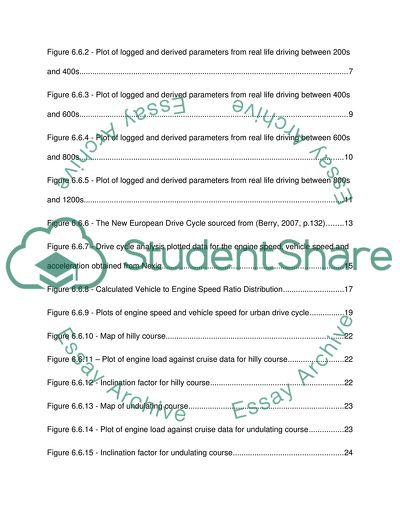Cite this document
(Real Life Drive Cycles: Experimental Results and Analysis Assignment Example | Topics and Well Written Essays - 2750 words, n.d.)
Real Life Drive Cycles: Experimental Results and Analysis Assignment Example | Topics and Well Written Essays - 2750 words. https://studentshare.org/engineering-and-construction/1810636-chapter-6-phd
Real Life Drive Cycles: Experimental Results and Analysis Assignment Example | Topics and Well Written Essays - 2750 words. https://studentshare.org/engineering-and-construction/1810636-chapter-6-phd
(Real Life Drive Cycles: Experimental Results and Analysis Assignment Example | Topics and Well Written Essays - 2750 Words)
Real Life Drive Cycles: Experimental Results and Analysis Assignment Example | Topics and Well Written Essays - 2750 Words. https://studentshare.org/engineering-and-construction/1810636-chapter-6-phd.
Real Life Drive Cycles: Experimental Results and Analysis Assignment Example | Topics and Well Written Essays - 2750 Words. https://studentshare.org/engineering-and-construction/1810636-chapter-6-phd.
“Real Life Drive Cycles: Experimental Results and Analysis Assignment Example | Topics and Well Written Essays - 2750 Words”. https://studentshare.org/engineering-and-construction/1810636-chapter-6-phd.


